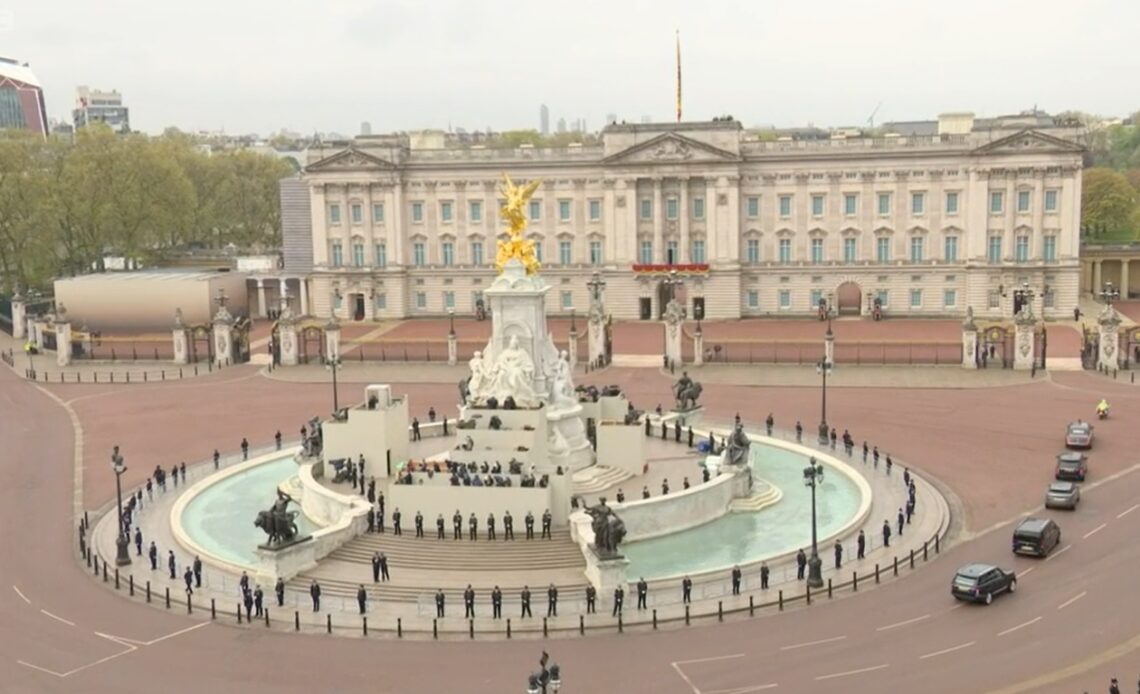
Buckingham Palace is one of the most recognised buildings in the world and a symbol of the British Royal Family. If it wasn’t for Queen Victoria’s accession, the palace may have never become the principal royal residence as it did in 1837.
Queen Victoria was the first monarch to reside at the famous London landmark. Her predecessor, William IV had died before the palace was completed. Upon Victoria’s arrival, the State Rooms were a riot of colour and gilt while the necessities were less luxurious. In fact, it’s reported ventilation was so bad and the interior smelled so poor that gas lamps had to be installed. This then led to another concern about the gas build-up on the lower floors.
In addition to issues with the smell, it’s also believed the chimneys smoked so much that fires had to be allowed to die down, leading the palace to often be quite cold. It was far from some people’s ideas of a home fit for a queen.
Embed from Getty ImagesFollowing Victoria’s marriage to Albert in 1840, the prince began concerning himself with the reorganisation of the household offices and staff. This included addressing design faults within the palace. By the end of 1840, many problems had been rectified but it would be another decade before builders returned.
Seven years later in 1847, the couple found the palace was too small for court life and their growing family. Edward Blore designed a new wing that would be built by Thomas Cubitt. The large East Front would enclose the central quadrangle and face The Mall. Today, this is the famous facade many associate with Buckingham Palace. It is also home to the balcony where the royal family acknowledges the crowds on momentous occasions and after the annual Trooping the Colour. Inside the wing is a ballroom and more State Rooms.
Embed from Getty ImagesBefore Albert died in 1861, the palace would be home to frequent musical entertainment events. The most celebrated contemporary musicians of the time would be entertained at the royal residence. Johann Strauss II and his orchestra had played at the palace and composer Felix Mendelssohn is known to have played on at least three occasions. During Victoria’s reign, the palace was a frequent spot for lavish costume balls in addition to the usual royal investitures and presentations.
Following Albert’s death, Queen Victoria withdrew from public life and left Buckingham Palace to live at Windsor Castle, Osborne House, and Balmoral Castle. For many years, the Palace would become seldom used and at times, neglected. In 1864, a note was found pinned to the fence of the palace:
“These commanding premises to be let or sold, in consequence of the late occupant’s declining business.”
Public opinion convinced Queen Victoria to return to London although she preferred to live elsewhere whenever possible. Court functions would be held at Windsor Castle and presided over by the queen dressed in mourning black, as she always did after Albert’s death.
The Victoria Memorial is a monument to Queen Victoria and is located in the center of the roundabout in front of Buckingham Palace. It was designed in 1901 but was not completed until 1924.

